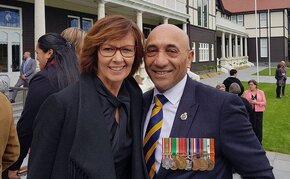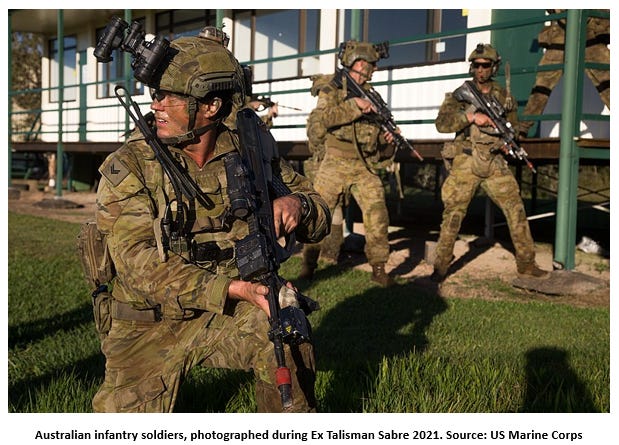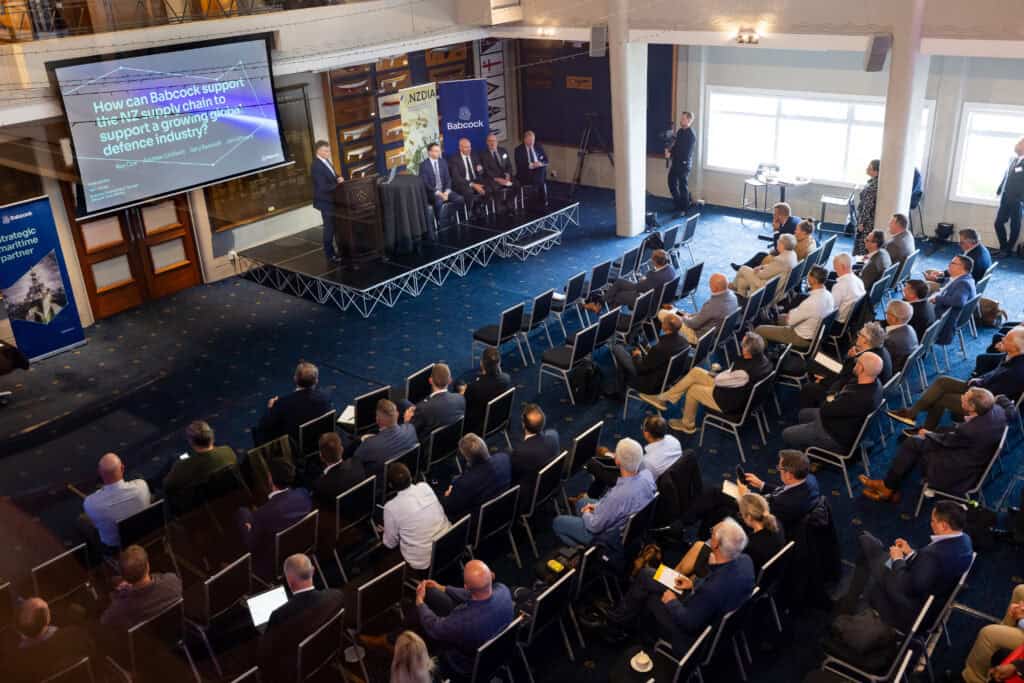recce.k1
Well-Known Member
Just bringing things back to RNZN matters and the future fleet in particular the replacement manned patrol capability, as a potential option the latest rendering of the Future Danish Arctic Patrol Vessel has been released and featured on Naval News 6 September.
Of a similar design to the Baltic Patrol Vessel this new design is optimised for North Atlantic patrolling, could the RNZN be interested in assessing this vessel for both Southern Ocean patrol and Pacific patrol functions (assuming it is also configured to operate in warmer/ocean climates)? Perhaps as another option alongside the Canadian Arctic and Offshore Patrol Ship (AOPS)?
Info gleaned from the video (doesn't seem to be much else on the internet as yet):
It's the replacement for the Thetis class (3,500 tonnes).
Designed with a "heavy" sensor suite.
Carries an organic helicopter/includes a hanger (the Danish navy operate MH-60R's so assume the hanger will fit this type).
Ice breaking capacity - up to 1m of old ice / 1.5m of new ice.
High speed - increased power engines (details weren't clarified).
Long duration (operate for several months supporting up to 80 people).
Mission deck, modular, support surveillance equipment, SF embarkment.
Length up to 120m (10-12m longer than Baltic patrol vessel).
Timeline delivery for the Danes - 2029 3rd quarter/1 vessel per year.
Some screenshots from the Naval News video. Note the high sides and enclosed mission bays (both sides and rear) protecting the vessel in high sea states.

The following two diagrams are renderings of the Baltic patrol vessel but apparently the same configuration is used in the Arctic Patrol Vessel.
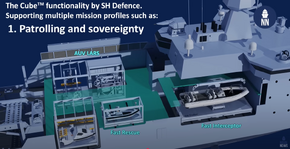
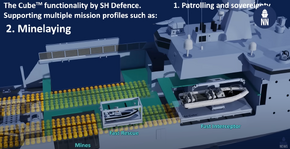
Some shots of the modular mission deck.
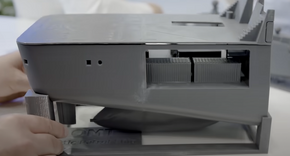
Of a similar design to the Baltic Patrol Vessel this new design is optimised for North Atlantic patrolling, could the RNZN be interested in assessing this vessel for both Southern Ocean patrol and Pacific patrol functions (assuming it is also configured to operate in warmer/ocean climates)? Perhaps as another option alongside the Canadian Arctic and Offshore Patrol Ship (AOPS)?
Info gleaned from the video (doesn't seem to be much else on the internet as yet):
It's the replacement for the Thetis class (3,500 tonnes).
Designed with a "heavy" sensor suite.
Carries an organic helicopter/includes a hanger (the Danish navy operate MH-60R's so assume the hanger will fit this type).
Ice breaking capacity - up to 1m of old ice / 1.5m of new ice.
High speed - increased power engines (details weren't clarified).
Long duration (operate for several months supporting up to 80 people).
Mission deck, modular, support surveillance equipment, SF embarkment.
Length up to 120m (10-12m longer than Baltic patrol vessel).
Timeline delivery for the Danes - 2029 3rd quarter/1 vessel per year.
Some screenshots from the Naval News video. Note the high sides and enclosed mission bays (both sides and rear) protecting the vessel in high sea states.

The following two diagrams are renderings of the Baltic patrol vessel but apparently the same configuration is used in the Arctic Patrol Vessel.


Some shots of the modular mission deck.


